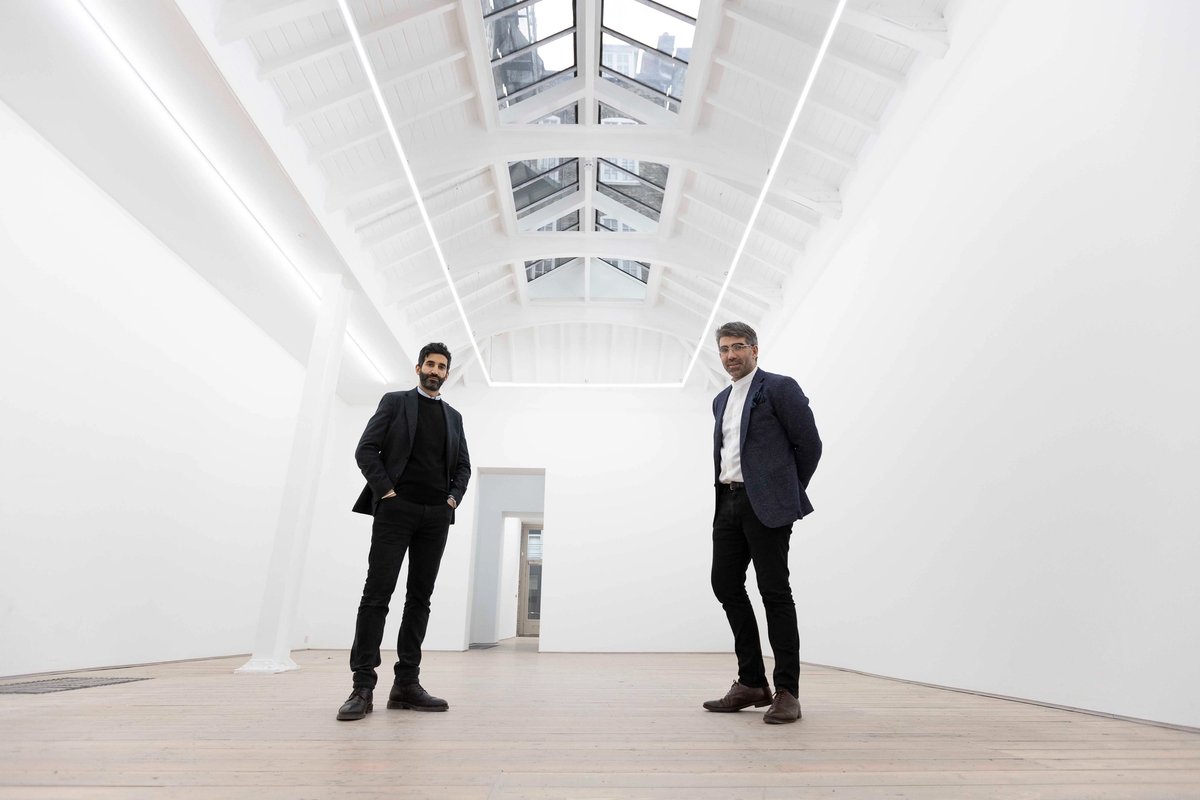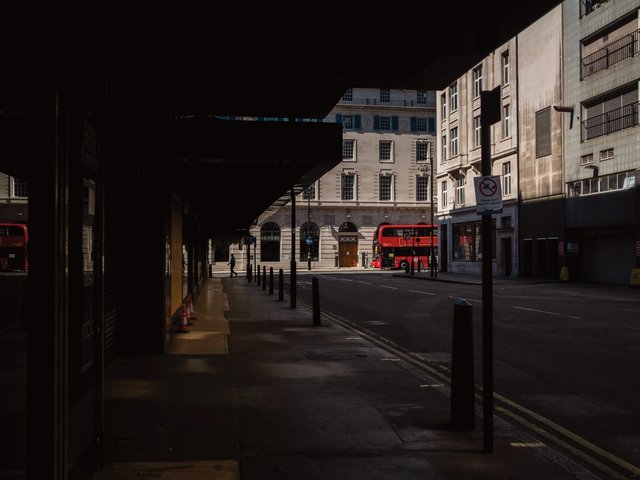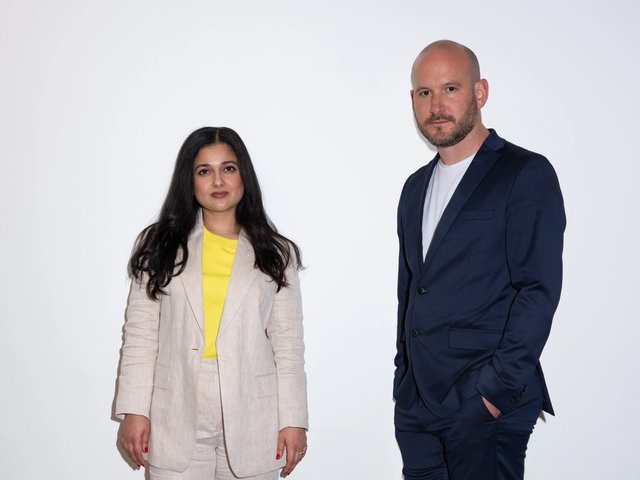It was last February that Jeremy Epstein and Charlie Fellowes of Edel Assanti gallery first viewed a former haberdashery shop in Fitzrovia. The derelict basement was flooded and upstairs was a series of small, unprepossessing rooms.
But still, last August they signed a lease to take on the 1904 Grade II-listed space, designed by the Arts and Crafts architect Beresford Pite, which was once the first Young Women’s Christian Association hostel.
Now some six months later, with the help of the young architecture firm Sanchez Benton, the building has been transformed into a 4,000 sq. ft gallery, which officially opens tonight with an exhibition of work by the French artist, Noémie Goudal.
The double-fronted building now has two street-level galleries, with the main entrance on Little Titchfield Street and a secondary space accessed from Mortimer Street. The plan for the latter, which can be entirely self-contained, is to host other galleries on a biannual basis. The first incumbent will be Franklin Parrasch Gallery from New York, which will occupy it during Frieze Week in October.
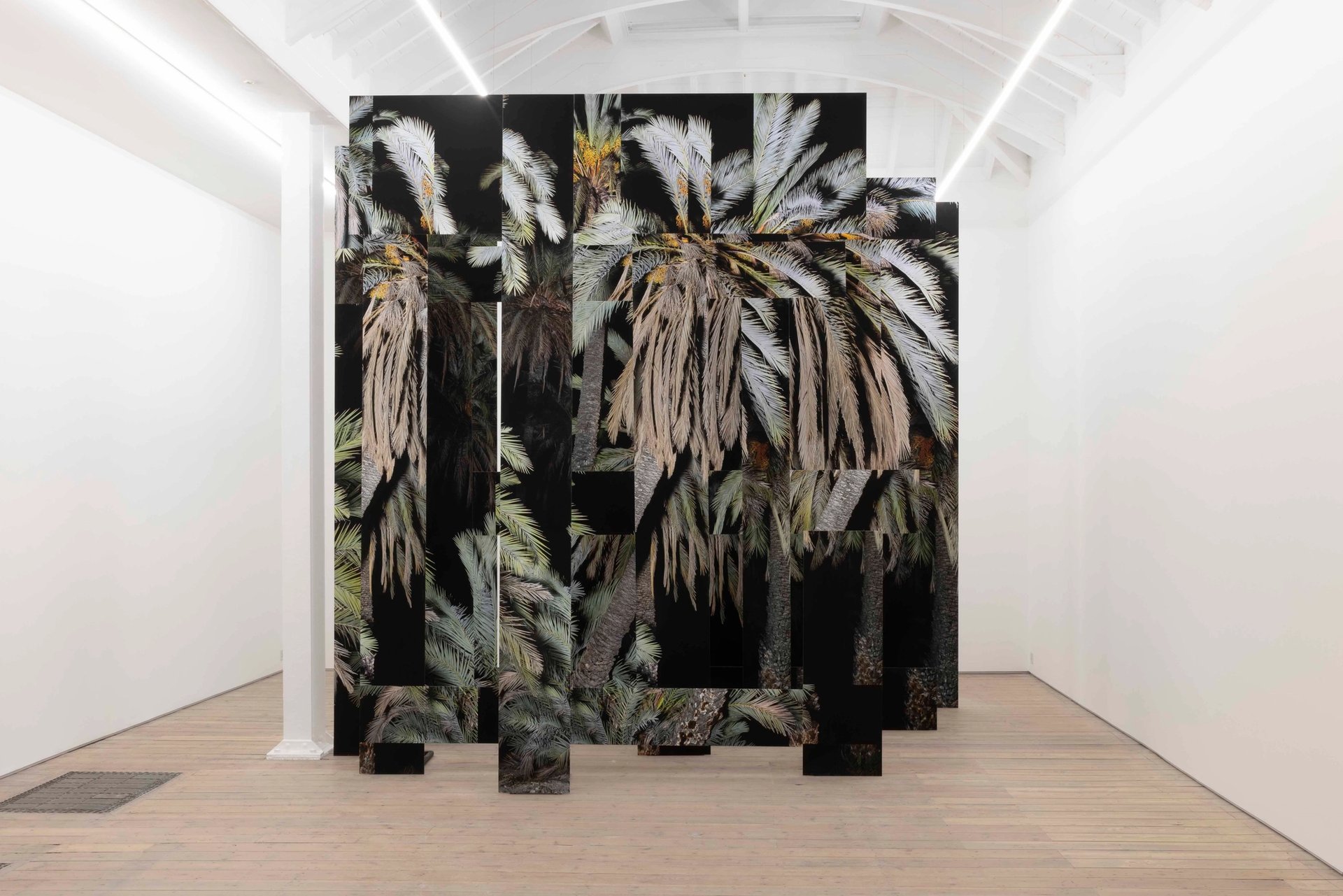
Installation view of Noémie Goudal, Post Atlantica, at Edel Assanti
© Will Amlot, courtesy Edel Assanti-2
It has been a significant renovation—a staircase moved, original floorboards and ceiling exposed, the basement tanked and damp-proofed to house a downstairs gallery, a private viewing room and office—all requiring the rigmarole of listed building consent.
As with most renovations, the budget crept up—Epstein and Fellowes decline to reveal exactly how much it all cost, but, Fellowes says, it was “more than we’d anticipated—fortunately we’d had a solid business year so could absorb that cost.” But, he adds with a smile: “I’m glad we’re not going to be doing it again for another 15 years!”
The lease on Edel Assanti’s old gallery, also in Fitzrovia, expired in January 2021 and the duo felt it time to move to a bigger space. So they went “block to block” in Fitzrovia to find something that satisfied their spreadsheet of requirements—period features, double-height ceilings, scale, original flooring and the ability to be used in a modular way.
Epstein and Fellowes founded Edel Assanti in London in 2010 and, they say, are fortunate that their artists and collectors have largely grown with the gallery—they still only represent 12 artists. “We have thought about opening in another city in the past, but for a gallery of our size, we think deep engagement with our artists and clients is more important,” Epstein says. “We are both from London and the gallery has always been very London-centric,” Fellowes adds.
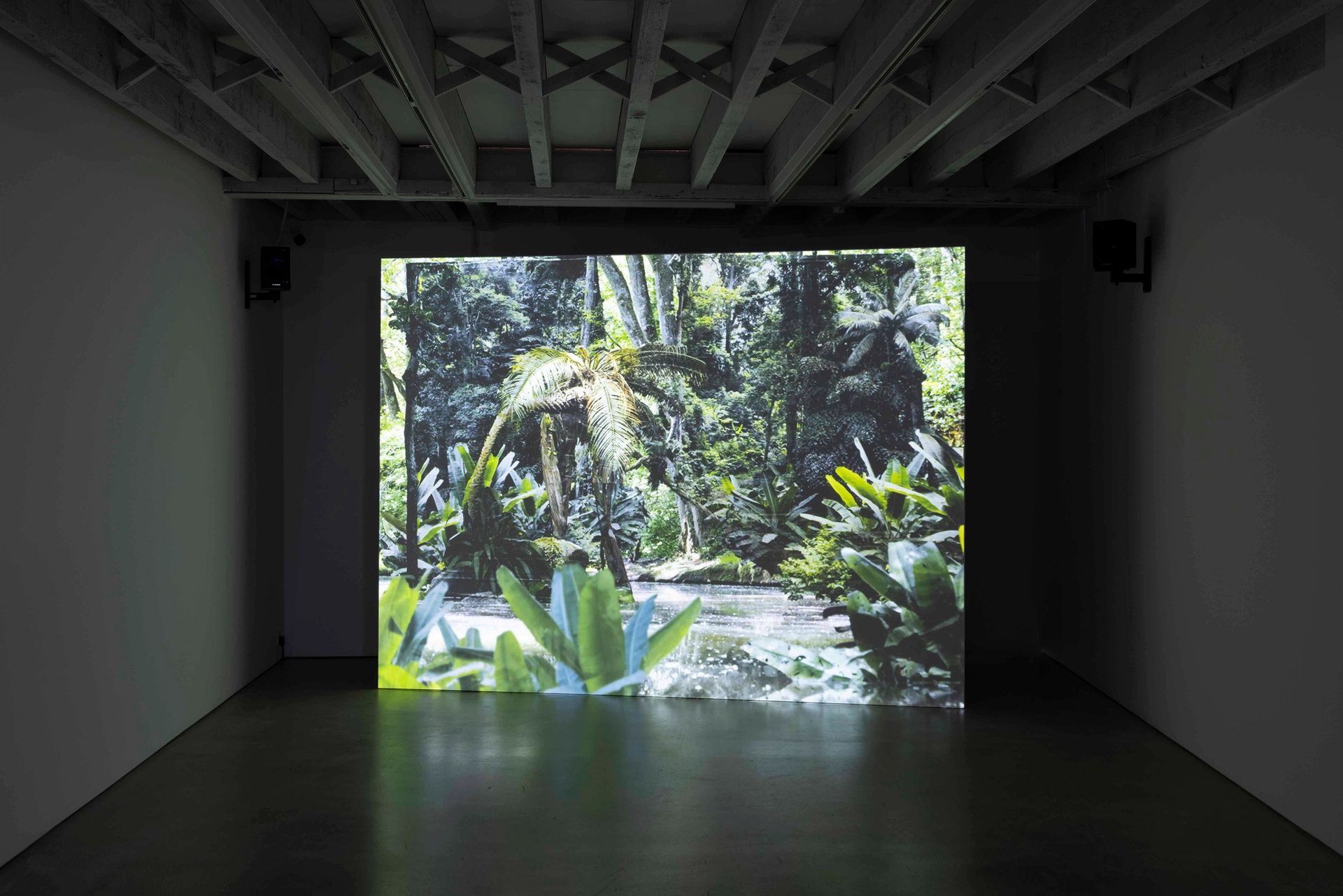
Noémie Goudal's film in the basement gallery
© Will Amlot, courtesy Edel Assanti
As for business, Epstein (a co-founder of London Gallery Weekend) says: “For us, business has been relatively steady. But speaking to our colleagues, everyone seems to have had a different experience over the past two years. It has been quite exciting really because it suggests that everyone has been finding different strategies and that audiences are quite different from gallery to gallery. In our case, one of the things that has allowed us to do this has been the fact that we have a long-standing support network of clients—we’ve got photos of a lot of them at our very first openings over a decade ago.”
As for the choice of Noémie Goudal for the first show, titled Post Atlantica, (until 12 March) Fellowes says: “She's an artist who, along with Gordon Cheung, Marcin Dudek, Jodie Carey and Dale Lewis, has been part of the gallery's programme from the very beginning. I don't think there's an artist whose own career and its progression is as inextricably linked to the progression and evolution of the gallery—she graduated from the Royal College the year that we opened.” Epstein adds: “She’s also on the cusp of a very big institutional wave of exhibitions, which all come under the umbrella of this title of Post Atlantica.”
Goudal conceived the works in this show for the new gallery space, with a large-scale installation, Phoenix, greeting visitors in the seven-metre-high main gallery as they enter, a film playing downstairs and a series of ceramic sculptures (produced during the artist’s ongoing residency at Manufacture Nationale de Sèvres in France) in the smaller Mortimer Street gallery. Goudal’s works explore the field of paleoclimatology, looking at the history of climate and geology through the idea of “deep time”—a counterpoint to the human concept of time, measured in millions or hundreds of millions of years rather than a human lifespan—which is, Epstein says, “a hot button issue right now”.
Talking of humans, the opening of the new space comes at a time when both Epstein and Fellowes are expecting new additions to their own families—Fellowes’s wife gave birth to their first baby just two weeks ago, just as the gallery launch was imminent, while Epstein’s second child is due in April. “Jeremy has been absolutely great while I took ten days off after the birth,” Fellowes says. “I owe him big time come April!”


